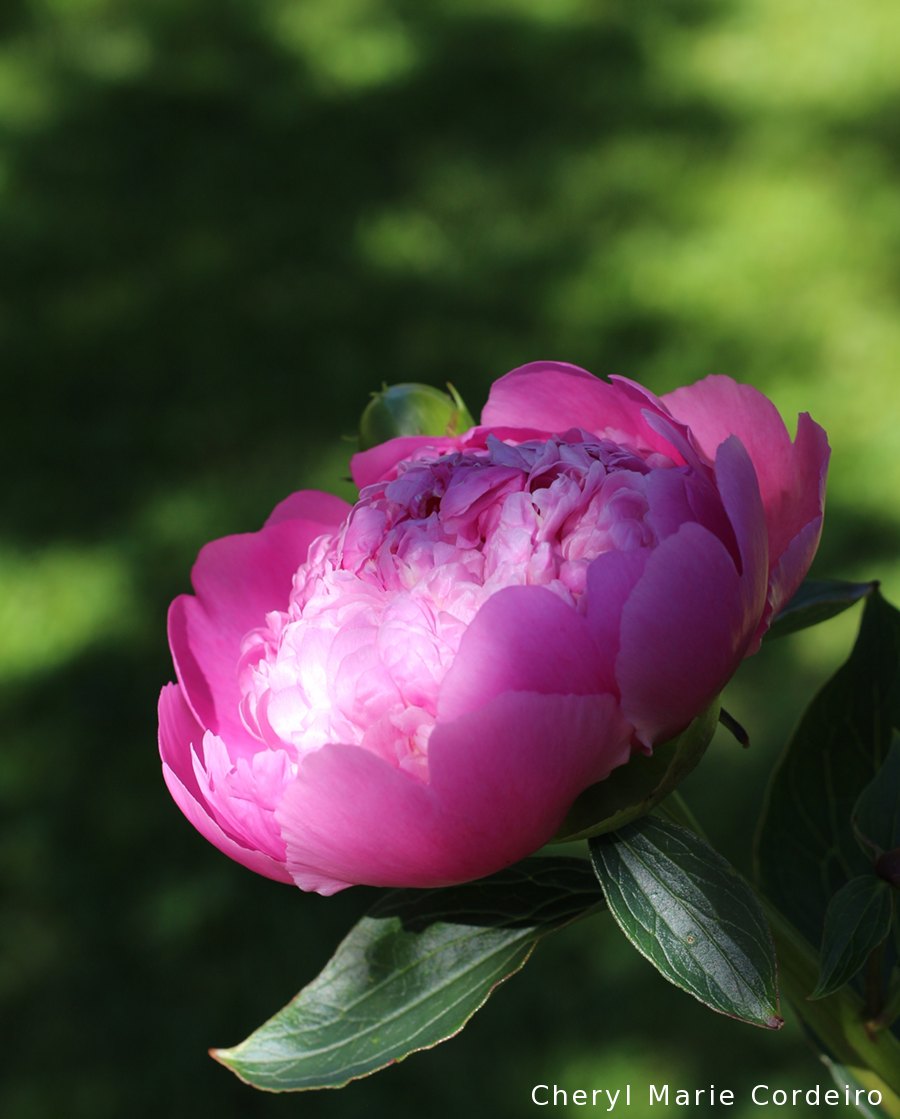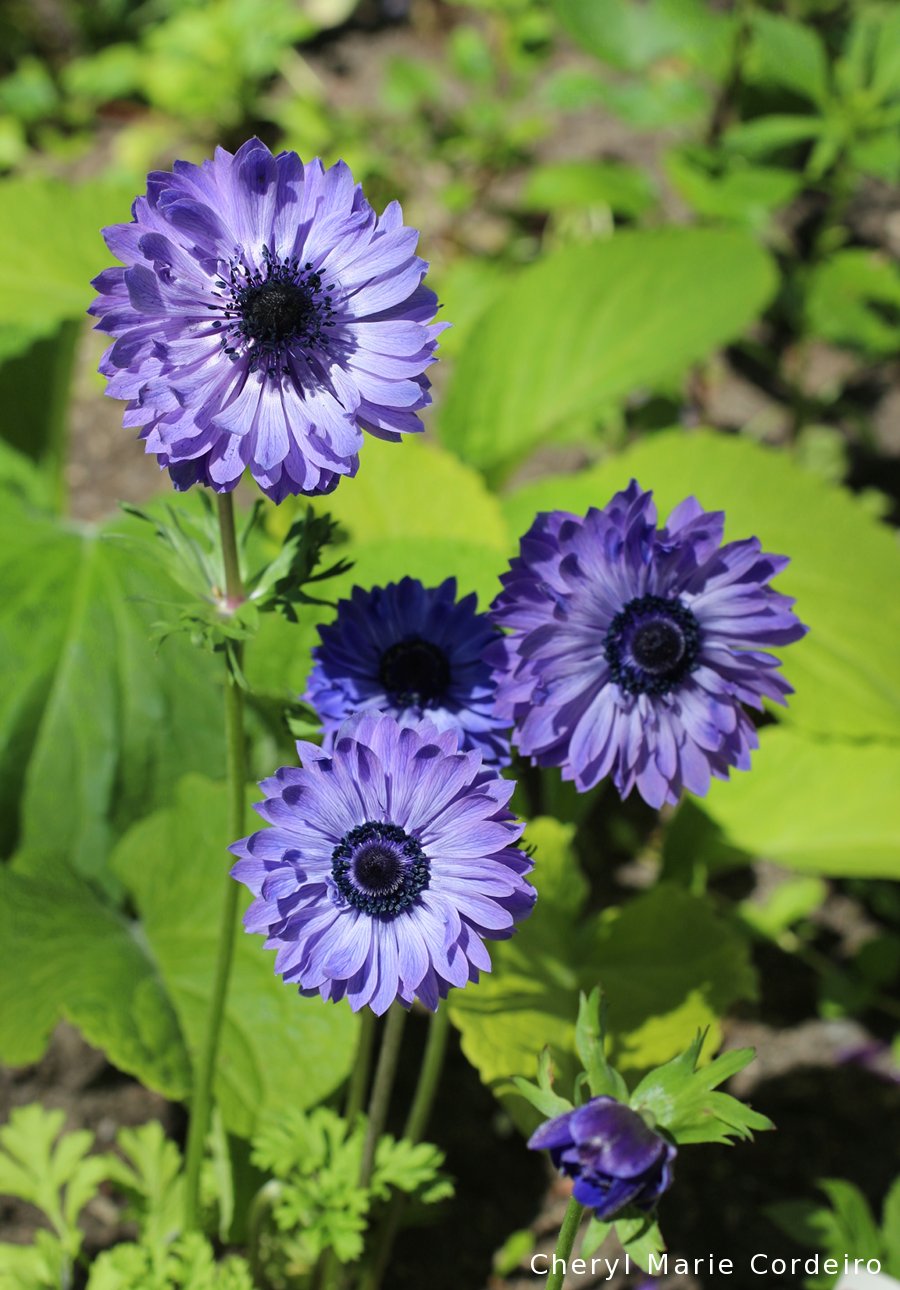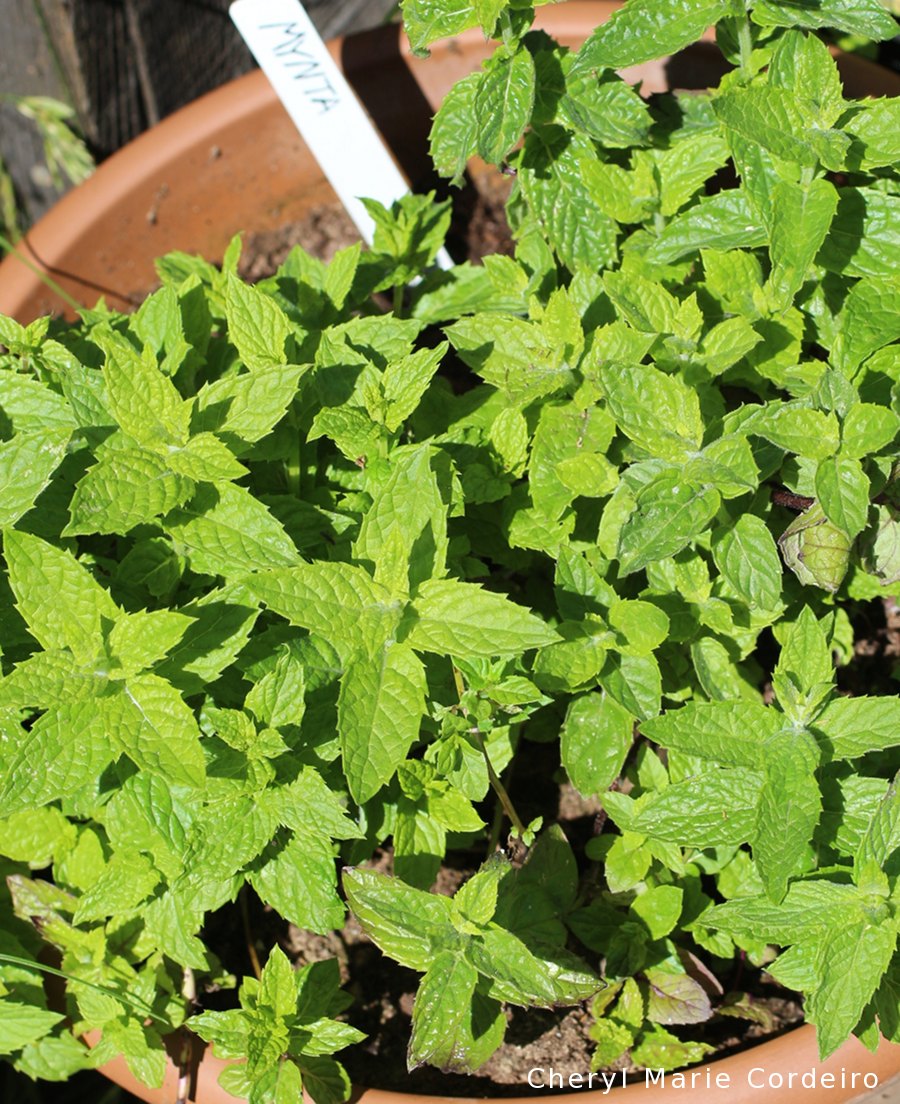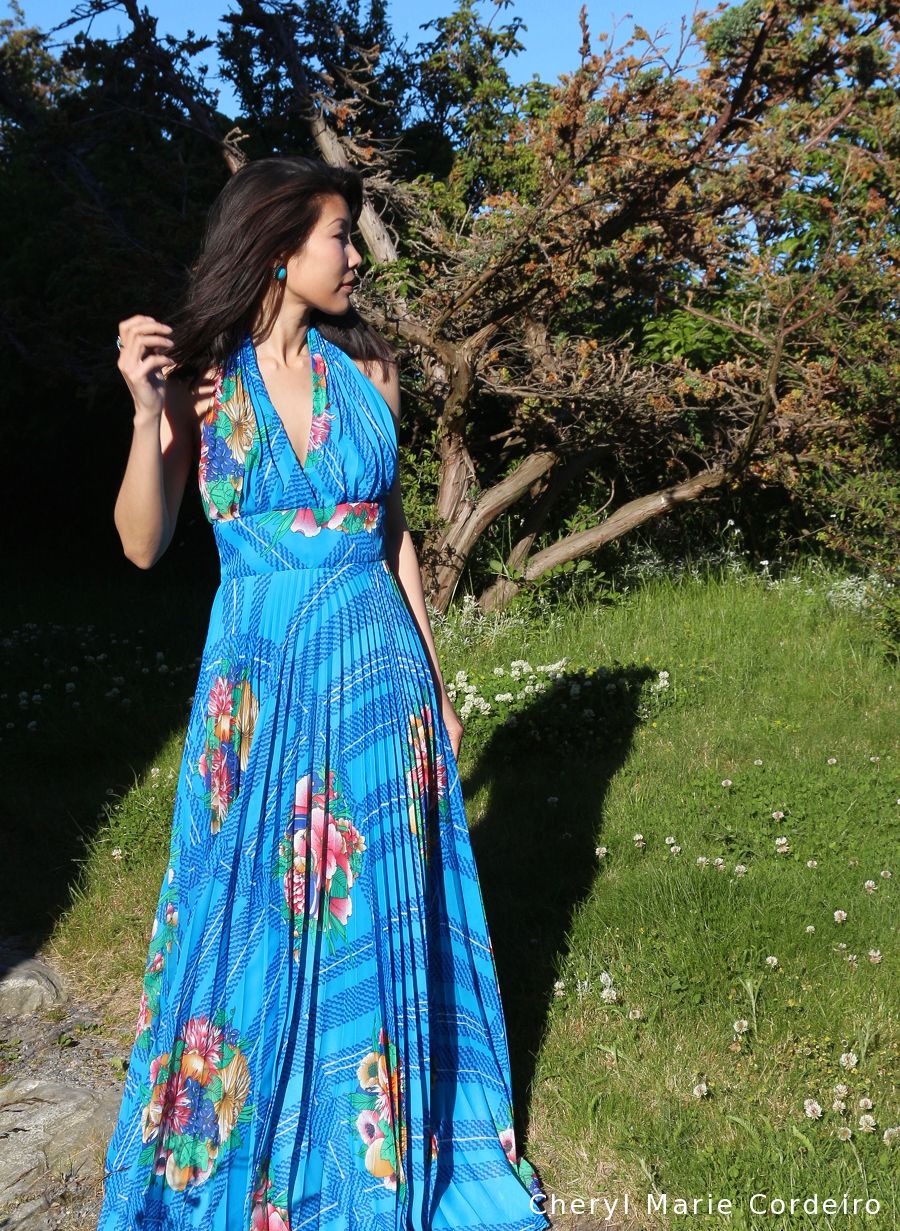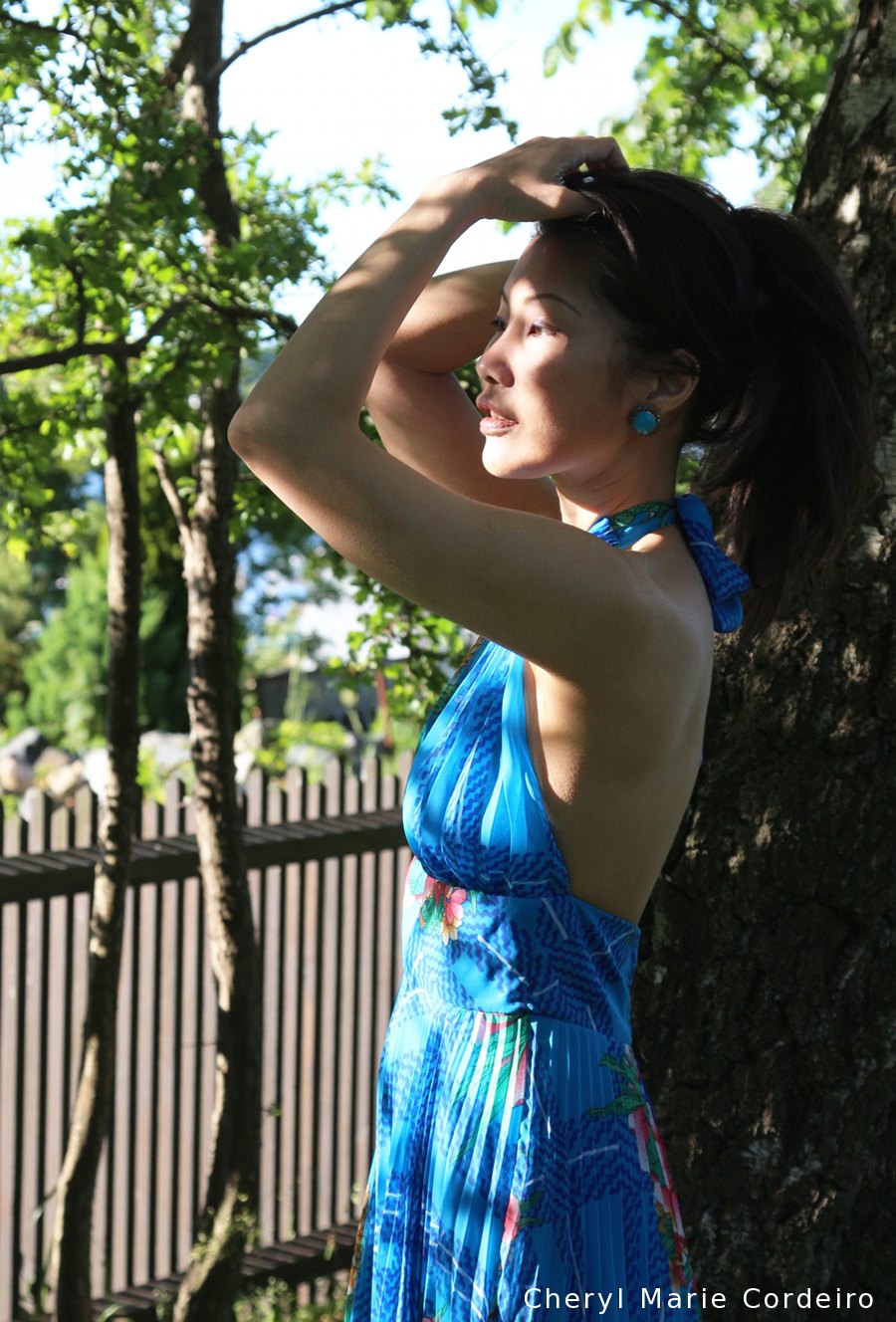In a vintage dress, brought home from Maastricht, Netherlands. Looking out across the very departure point of the Swedish East Indiaman ships in the 18th century.
Text & Photo © JE Nilsson, CM Cordeiro, Sweden 2015
In April 1750 Olof Thorén, disciple of Carl von Linneaus and Ship’s Priest on board the Swedish East Indiaman Götha Lejon, wrote in his diary while enjoying a short stopover in Cadiz:
“Portugueze ladies are not common birds in the streets. But as far as it could be discerned when they spectature and spectande pulled up their window grills, they appeared to display a fine fair complexion and merry eyes. Those, who are seen in Cadiz do not appear to be able to count to five, are tall and brunette. I noticed there, that the Virgin Mary had correspondent air, complexion, and shape in their pictures; and judged from thence, that this was the taste of the nation with regard to beauty.”
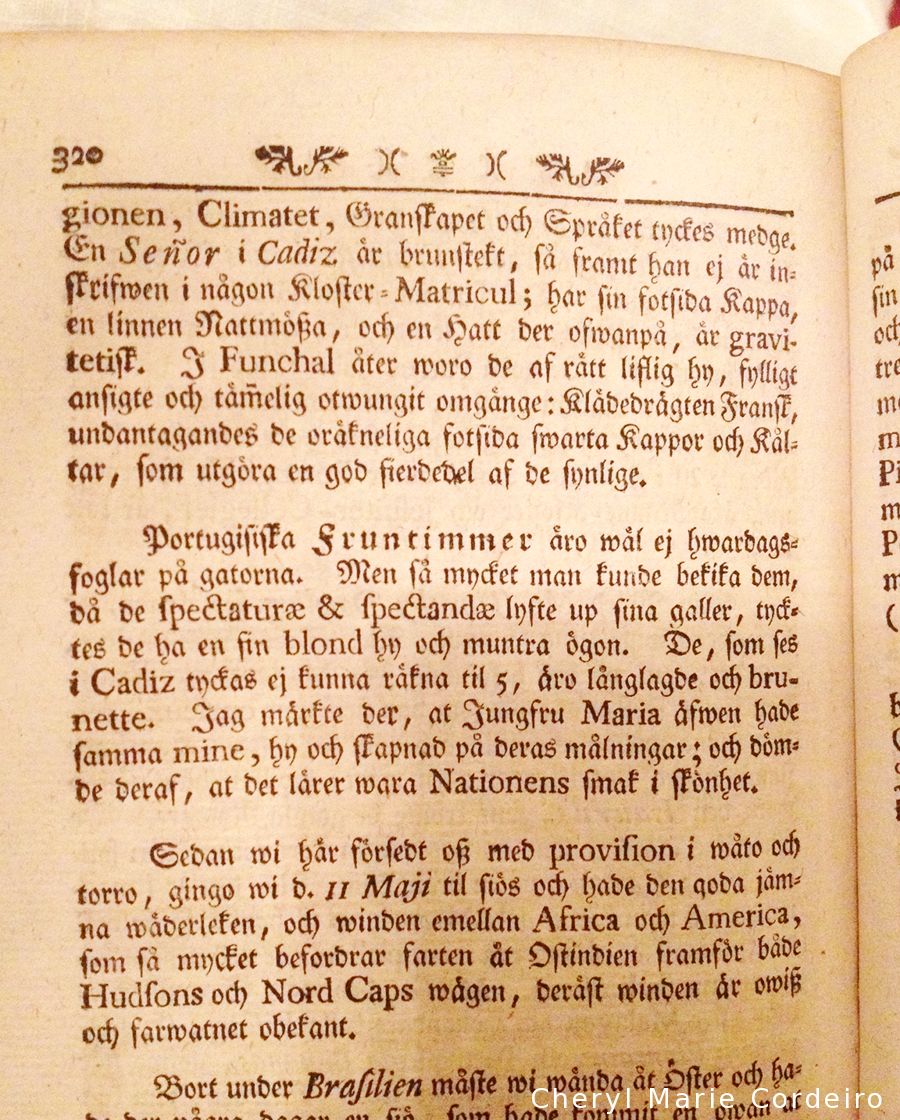
I came to think of this short passage in Thorén’s letter back to his professor, Linneaus, while I myself was navigating the old city of Maastricht not long ago. When in Maastricht, the streets upon which you step have been around since the days of the Roman Empire, and somehow you find yourself as if suspended across many centuries at the same time. I imagined that Thorén might well have felt something similar in his days, visiting a new city on foot.
Whilst there were tourists and students abound, Maastricht contained too, numerous side streets that you could easily slip into to avoid the crowds. Some streets were so narrow, you would imagine that they were the backstreets to the buildings that currently housed shops, but no, they were streets with shop fronts just as the larger ones near the main square had shop fronts.
It was an old-fashioned mannequin standing outside of a shop, decked out in 1920s Shanghai glamour that beckoned my attention. I touched the black feathered cap neatly placed on top of the entire glittery Swing ensemble on the mannequin as I walked past it, and into the shop. Music from the time my grandfather was around played and I stopped in my tracks to listen to it. And for some other reason – the Portuguese tiled floors? The row of empty perfume bottles that lined one shelf against an antique mirror? Long chandelier earrings that my grandmother would wear when cleaning the house? – I felt completely at home, standing in the middle of this vintage shop.
It was probably the music that drew me to the men’s section of the shop first. Bowler hats, long tailed coats, leather brief cases all from between 1920s to 1940s. I had never seen my grandfather dress for work, he was almost already retired when I came around, but the outfits looked just about right for what he would’ve worn even in tropical Singapore.
The ladies section of clothing in the shop was by far the larger section. I had initially expected the clothing to have been arranged according to eras or decades, but they were mostly grouped together in colour range to capture the aesthetics of the showing. I found myself smiling when coming across items I grew up with, or that I remember my aunts and older cousins having when I was growing up, only to receive them with sheer delight later as hand-me-downs.
I had travelled to Maastricht in lightweight hand carry and had little intention of filling up any luggage space. I was just about to step out of the shop when the pleats of a blue dress with floral print caught my eye. Long and bare-backed, it was exactly the kind of dress that reminded me of Chanel No. 5 on white linen pillow cases, and a voice that told me buttered rice was the best thing I could eat, because she loved it too. And buttered rice was what she made me every time I paid her a visit.
So the dress came home with me and it seemed like the flowers in the garden approved when they blossomed in corresponding complimentary colours. That, and fresh mint leaves in a pot – something also of a memory now from the city with soft rounded cobbles for streets, and music of a time I will never forget.
